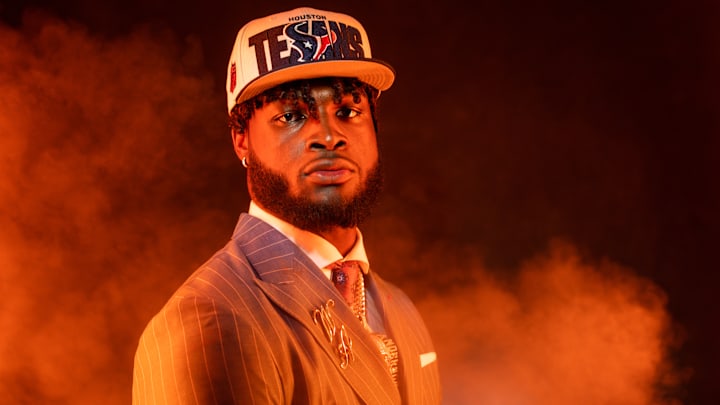Do you draft to fill holes, or do you draft the best player available? This is a debate that rages every offseason and personally, there is an obvious answer. We're not going to dive into the obvious answer right away, however. That wouldn't be fun at all if we just dove right into it. Instead, we're going to look at arguments for and against such thinking for both ideas.
The idea of taking the best player avalible is, often, you take the best player regardless of need. You prioritize fit and talent over all else. The notion is that if you need a linebacker, but the best wide receiver falls to you, despite not needing another one, you take him anyway. This is, in theory, a good way to land top-flight talent, while also giving you the ability to flip a slightly older player on your team at the same position, potentially, for draft capital.
The downside is that sometimes you're forced to delay finding a fit at a position of need. It's this idea that you have to adhere to the inherent value of the draft. If you have the 20th pick in the draft, the working theory is that you have to take someone who has "higher" or "similar" value to your position, regardless of fit or need. So if you need a guard, and the best guard is valued at the 41st pick, but you don't pick again until pick 63, you just suck it up and draft the top guy. Because, in the eyes of this bunch, the worst thing you could is "reach". Admittedly, it is the safer way to draft if you want to keep your job.
The other option is that you draft the position of need, regardless of placement in the draft or available talent. If you have a need at the offensive line, but a safety with great range and upside falls to your spot, this thinking is that you take the best offensive linemen that fit your team regardless. Even if you have to "reach" to get your guy. This is a more risky way to draft a roster because you're relying on your own ability to scout and develop talent.
If you fail here, it's seen more as you failing as a talent evaluator or developer, as everyone else will likely say it's a bad idea when it happens. If the player fails in the other scenario, it's seen as though the player failed himself since everyone was wrong about him.
Obviously, the right answer is a combination of the two. You need to fill needs but no team ever just has one need. If you need an offensive lineman and a cornerback, but a really vaunted corner slips to you, even if you *need" an offensive lineman a bit more, you take the cornerback as it's still a position of need. Then, when you're next up, you take the best offensive linemen available. You still draft with the needs of your team ahead of anything, but you don't value one position over the other. The focus is to fill all the holes you can, and do so while getting the best player for each position when you can.
